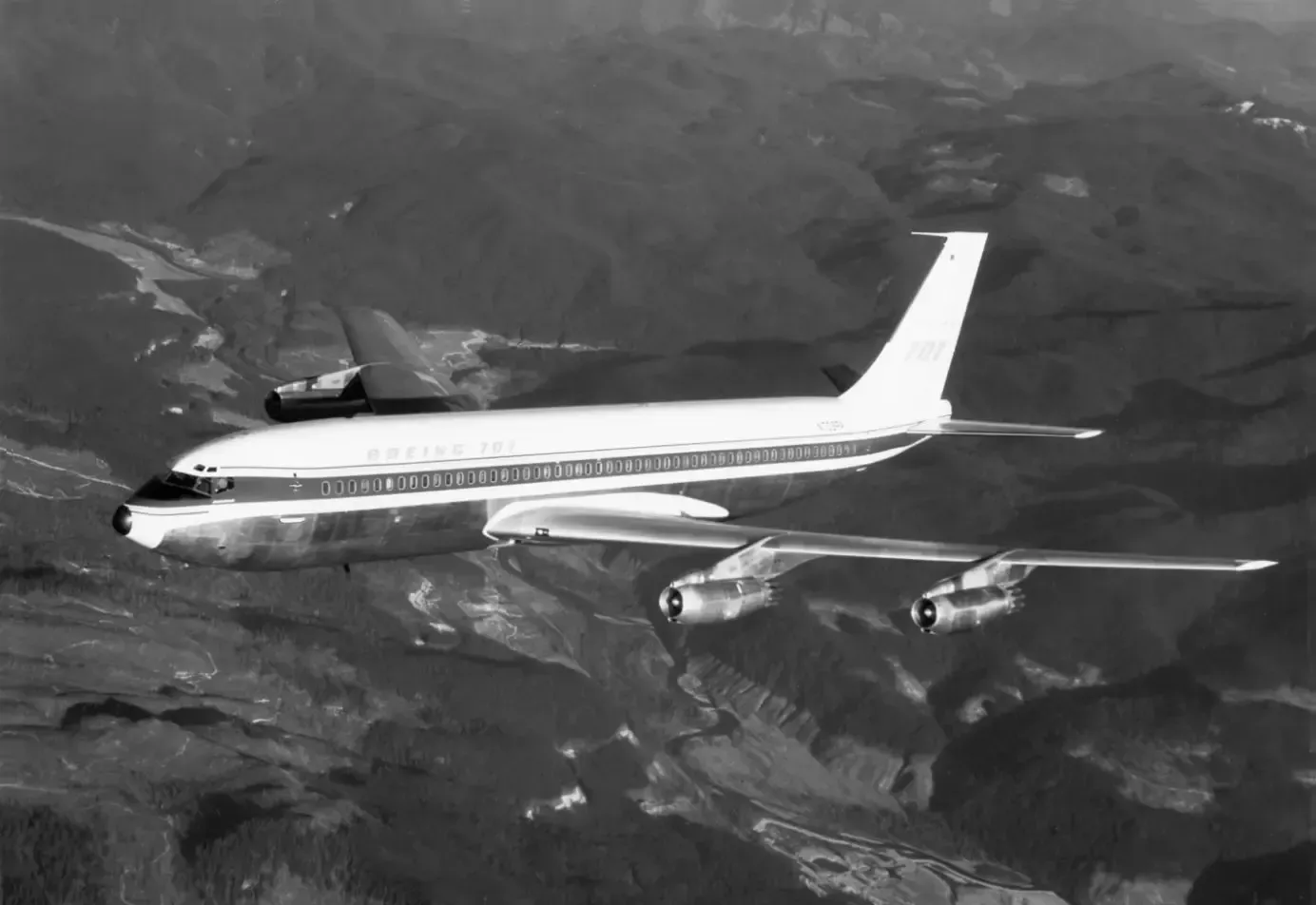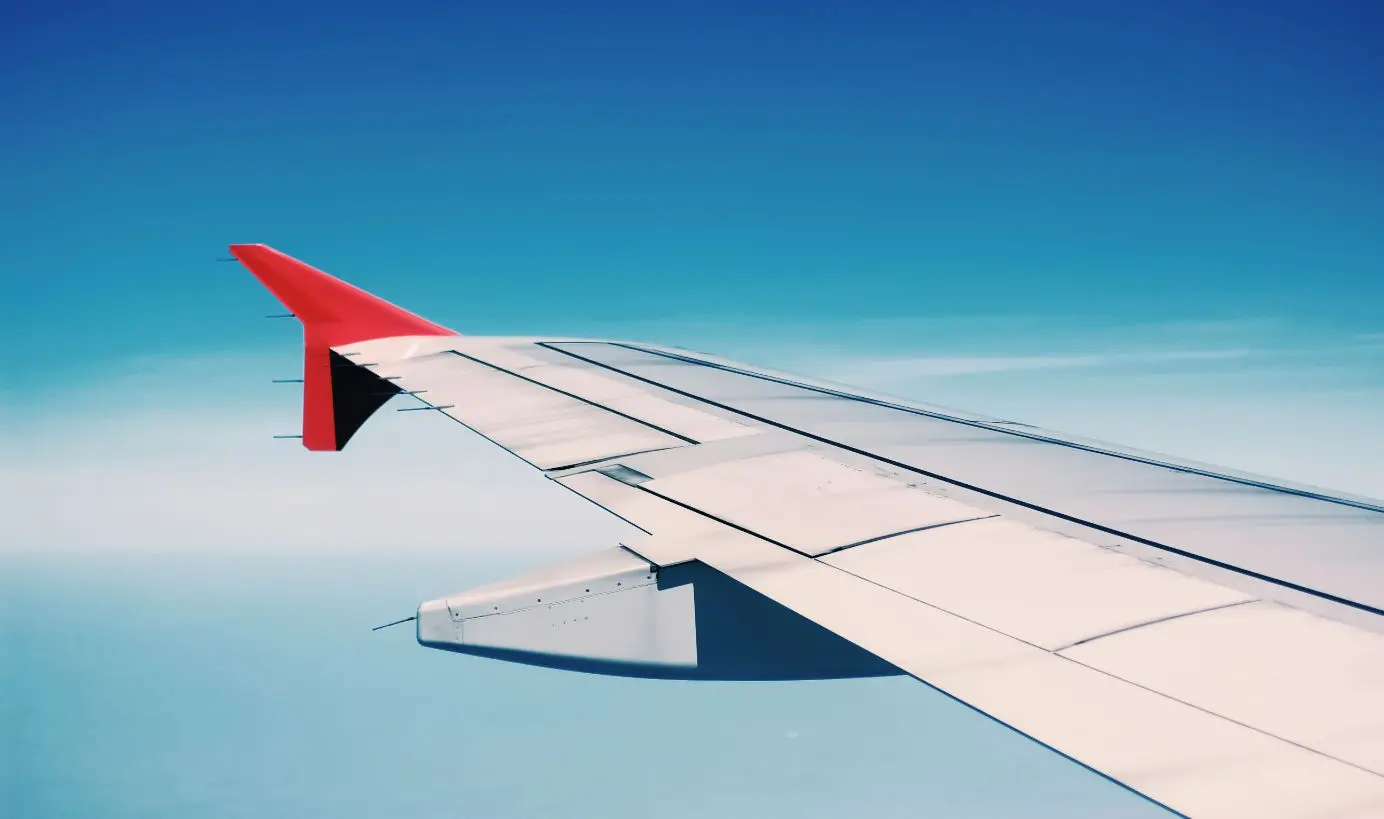
How Long Do Airplanes Last?
Sometimes you might find yourself flying on an older plane. But how long do airplanes last?
Table of Contents
If you've ever climbed aboard an older plane and wondered if this flight might be the last- you've probably also asked yourself: How long do airplanes last?
Airplanes last, on average, around 30 years. They can last longer when maintained with routine inspections. Aircraft that experience more pressurization cycles will shorten their lifespan significantly. However, airplanes are often retired due to economic reasons involving fuel efficiency and passenger demand.
There's no need to hold on for dear life when you climb aboard an older aircraft- it's most likely still in its prime. In the rest of this article, we'll be breaking down the average lifespan of an airplane, how airlines keep their planes running smoothly, and what determines the age of an aircraft.
How Long Do Airplanes Last?
If you've ever found yourself sitting on a plane that looks a little on the older side, you had absolutely no reason to be afraid.
The average cost of a large commercial airliner is anywhere from $80 to $400 million. Airlines will do everything to keep that jet alive as long as possible after investing that much in. The longer they can keep the plane in service, the more they earn back from their initial costs.
Airplanes have long lifespans, ranging on average about thirty years of service. The choice of whether to retire the aircraft or not is mainly an economic one.
Some planes can last well over 40 years when owned by a reputable airline that focuses on quality routine maintenance. The oldest planes you may be riding on could have been built as early as the 1970s or 1980s.
What Shortens an Airplane's Lifespan?
Shorter flights on an aircraft not adequately designed for that purpose will reduce the airplane's lifespan.
Some airlines require aircraft that can maneuver short hops with ease and longevity, such as any airline in Hawaii. Island hopping results in flights of an average of 20 minutes or less. Finding a cost-efficient, durable airplane for these flights has been difficult.
How Long Do Small Airplanes Last?
Smaller airplanes, like Supercubs and Cessnas, can last over 40 years.
However, most smaller aircraft are retired. The choice to withdraw a smaller aircraft is usually not because it is unsafe but because it is too expensive to maintain.
What Determines an Airplane's Lifespan?
The first thing to note is that airplane lifespans are often not measured in years. When a manufacturer finishes building an aircraft, they give the plane a lifespan by suggesting the average amount of pressurization cycles they can go through during their service.
While pressurization plays a considerable role in the longevity of an aircraft, there are multiple other contributors. Here are the four main things that determine an airplane's lifespan:
- Pressurization cycles
- Flight hours
- Economy
- Passenger Preference
How Pressurization Cycles Affect an Airplane's Lifespan
Pressurization cycles measure the number of times an aircraft pressurizes its cabin to provide a breathable atmosphere for everyone onboard. Squeezing air into the cabin puts ekstra stress on the metallic fuselage and wings.
This pressure strains the wings and body of an airplane, eventually resulting in metal fatigue. With frequent flights (and therefore pressurization cycles), the metal elements of the plane become weakened. Ultimately the aircraft will need regular inspection and possibly repairs.
How Flight Hours Affect an Airplane's Lifespan
While pressurization cycles are the primary determining factor of an aircraft's lifespan, flight hours affects the number of cycles.
Planes that regularly have longer flights will experience fewer cycles. Likewise, aircraft that complete multiple short flights daily will undergo more.
Airlines are aware of their needs when they purchase an aircraft to supply a specific route. Planes with longer routes generally have an average lifespan of 40,000 cycles, while aircraft intended for shorter flights will have an average capability of 110,000 cycles.
How the Economy Affects an Airplane's Lifespan
More often than not, airplanes are retired due to economic reasons over technical ones. Planes, as we've discussed, have long lifespans that can be increased with routine maintenance and inspections.
However, older planes sometimes require more money for repairs and fuel than they are worth. Airlines will choose to turn a profit by retiring an older aircraft and replacing it with a newer model.
High fuel prices also play a considerable role in retiring older planes. Newer planes are more fuel-efficient, while older models can be quite the gas guzzlers.
How Passenger Preference Affects an Airplane's Lifespan
Most new plane models offers significant cost reductions with slightly improved reliability. The modernization of controls and new aviation mechanism drives airlines to replace older models before they become obsolete.
Passengers prefer newer, more comfortable models—the more recent the plane, the safer and comfortable a passenger feels. Most don't know that planes have a long lifespan.
Aside from age, passengers may not feel safe if they don't like the aircraft's design. Humans are creatures of habit and expect airplanes to look and act a certain way. How can they trust it to serve them safely if they don't meet those expectations?
Due to passenger preference, Singapore Airlines retired a superjumbo, double-decker Airbus A380 that was only ten years old. Passengers were no longer interested in booking a flight on the plane, thus making the aircraft obsolete.
In 2021, Airbus stopped manufacturing the A380 - its most iconic aircraft because of a lack of airline demand. The iconic plane design was only 15 years old at the time. In contrast, the Boeing 747 has been in production for over 52 years thanks to customer preference and ease of flying.
How Do Airplanes Last So Long?
Airlines rely on extensive maintenance programs to keep their aircraft in service longer.
The manufacturers design their aircraft to be durable for a certain period. The aircraft is more likely to sustain metal fatigue from pressurization when that period is up. Once that point has passed, it's time for more extensive inspections and repairs.
Airplane Inspection for Metal Fatigue
During production, manufacturers and inspectors use nondestructive evaluation inspections to ensure that all aircraft components have no defects. They utilize the same techniques whenever the plane comes in for review, allowing inspectors to detect any cracks and other signs of wear.
Inspectors take extra time investigating the areas around the fastener holes near the wings and spar junction, as these tend to take on much of the pressurization force.
The main goal of the inspection is to keep it as cost-efficient as possible. Airlines want to ensure that maintaining an aircraft is still cheaper than the cost of a newer jet. The best cost-efficient strategy is not having to take apart the plane or remove any fasteners as this takes more time and forces the aircraft out of service for longer.
One of the more commonly utilized nondestructive evaluation methods uses phrase array technology. A device analyzes ultrasonic wave echoes to reveal metal cracks or plate imperfections.
Refreshed Appearances
Airlines refurbish their older models to combat passenger desires for newer, more comfortable, modern planes. Most of the time, passengers can never tell the difference between a refurbished plane and a new one. All the details are there- the latest seat designs, modern entertainment technology, a clean cabin, and that fresh new plane smell.
Refurbishment usually happens while the plane is down for extended routine maintenance, mainly if the repair process results in taking the airplane apart.
During its life, a plane will likely be taken apart and put back together multiple times during in-depth maintenance checks. Every interior piece is removed during this process, making it easier to replace with newer cabin features.
Some Seasoned Veterans
The DC-9
The McDonnell Douglas DC-9 is one of the oldest airplanes still in commercial use today. The DC-9 is an American-made single-aisle five-abreast aircraft.
The Douglas Aircraft Company designed it in the mid-60s. The plane took its first flight in February of 1965 and was introduced to the Delta Airlines Fleet in December of that year. Production for the DC-9 continued until 1982.
The DC-9, still in service, is an ex-TWA plane that serviced passengers. Today, this 53-year-old aircraft now functions as a cargo carrier.
The Curtiss Wright Travel Air B-4000
The Curtiss Wright Travel Air B-4000 is perhaps the oldest plane in the air. The aircraft is 91 years old. It was designed in 1929 and continued production into the early months of the 1930s. Manufacturers expanded the range to include a military version of the plane, fitted with bomb racks, a forward-firing machine gun, and a tail gun in preparation for the war.
While this plane does not transport passengers or cargo, it is interesting to note how the supports and frame have lasted almost a century.
The Nolinor Aviation Boeing 737
The Nolinor Aviation Boeing 737 is the oldest charter plane still shuttling passengers. This model hit the skies in 1976. The Canadian charter airline, Nolinor Aviation, continues to operate this aircraft and newer models.
Final Thoughts
So how long do airplanes last? Well, it depends on the aircraft's flight types and the airline that owns it. Planes that handle shorter routes undergo more pressurization cycles, reducing the airplane's lifespan. On average, however, well-maintained aircraft will last for at least 30 years.
Planenerd Newsletter
Join the newsletter to receive the latest updates in your inbox.






